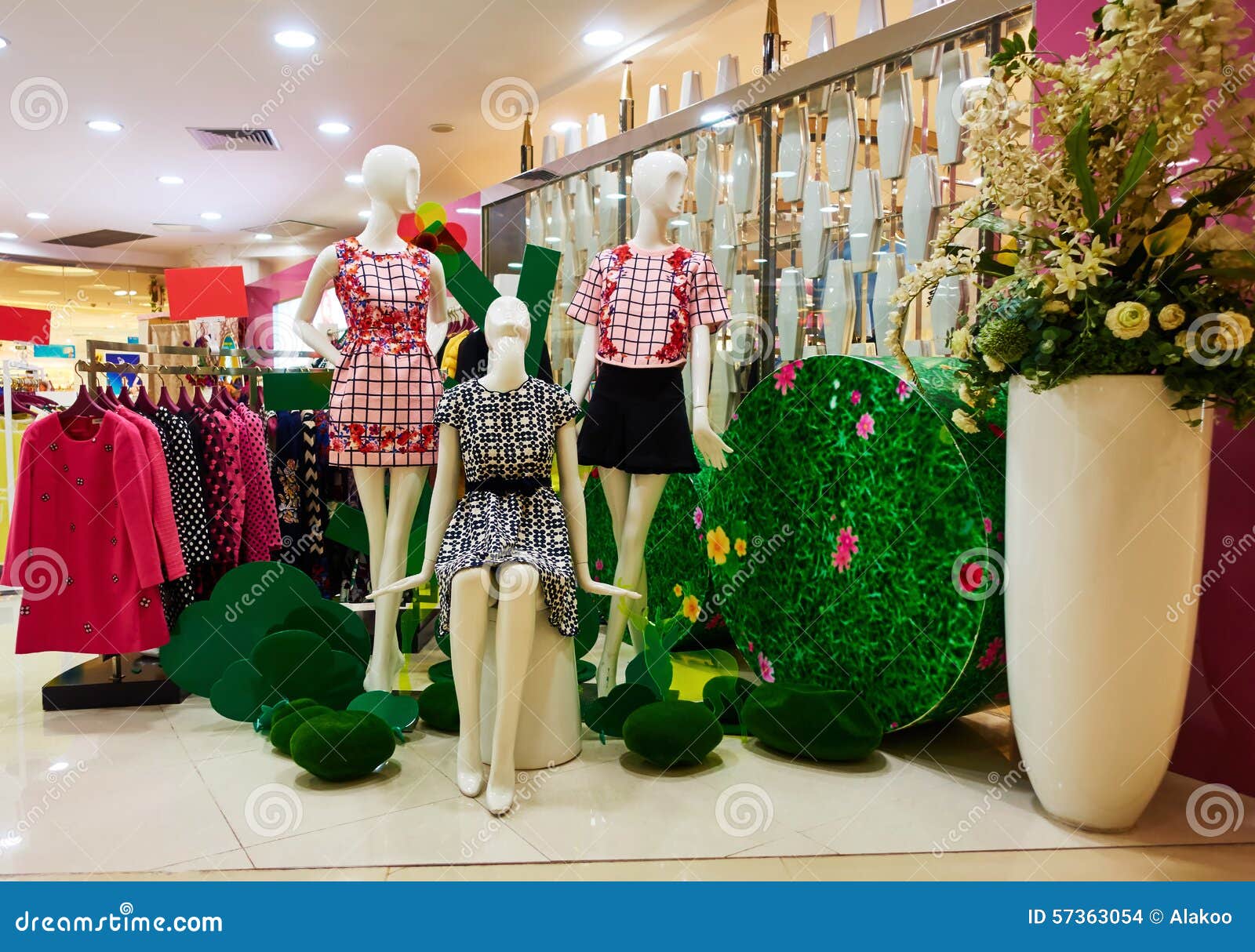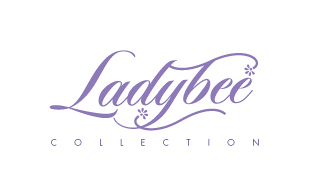Top 10 Essential Item from Your Fave Boutique Fashion Shops
Top 10 Essential Item from Your Fave Boutique Fashion Shops
Blog Article
Lasting Fashion: How Eco-Friendly Clothes Is Forming the Future of Design
As the garment industry faces raising scrutiny over its environmental effect, the surge of sustainable style offers an appealing option that lines up style with environmental duty. Using innovative materials such as plant-based materials and recycled fibers, alongside advanced methods like digital and 3D printing, developers are redefining what it means to be fashionable in the modern age. Concurrently, the growing popularity of upcycling and thrift culture is promoting a shift towards a round economic climate. Yet, exactly how does this motion really influence the future trajectory of style, and what obstacles exist in advance in its extensive adoption?
Ingenious Lasting Products
As the fashion sector grapples with its environmental effect, cutting-edge sustainable materials have actually arised as a vital remedy for decreasing environmental impacts. These materials not only minimize dependence on fossil gas but likewise decrease harmful pesticide use and water intake.
Along with plant-based materials, developments in biofabrication have caused the advancement of lab-grown fabrics. Mycelium natural leather, stemmed from mushroom origins, offers a versatile and biodegradable alternative to animal leather. Its manufacturing leads to substantially lower carbon exhausts and water usage, making it a much more sustainable choice for stylist seeking to straighten with eco-friendly practices.
Recycled products are additionally obtaining grip, with polyester made from recycled plastic bottles representing a significant breakthrough. This innovation not just diverts plastic waste from seas and garbage dumps however also lowers power usage compared to generating virgin polyester. With each other, these materials emphasize the capacity for a more lasting apparel industry, leading the way for eco mindful design and manufacturing.
Eco-Conscious Production
Structure on the innovations in sustainable products, the style sector is likewise re-evaluating its manufacturing procedures to better minimize ecological effect. Key strategies include decreasing water consumption, minimizing carbon exhausts, and eliminating harmful chemicals.
An additional crucial element is the decrease of toxic chemicals typically utilized in coloring and ending up textiles. Eco-conscious producers are moving in the direction of plant-based dyes and waterless dyeing modern technologies, which not just safeguard regional environments yet also improve worker safety. Advancements like electronic printing minimize textile waste and power intake, supplying a cleaner alternative to traditional methods.
With the improvement of blockchain technology, companies can now provide comprehensive insights right into their supply chains, guaranteeing ethical and environmentally pleasant methods at each action. As the demand for eco-conscious items grows, makers are compelled to innovate, guaranteeing that the future of fashion is both stylish and lasting.
The Rise of Upcycling
Upcycling, a transformative method in sustainable style, includes creatively repurposing thrown out products into new, premium items. This ingenious strategy not just decreases waste but likewise decreases the demand for raw products, therefore lessening the environmental impact of garments production. By reimagining and rebuilding existing things, designers and fashion brands have the ability to instill originality into their collections while advertising environmental obligation.

In addition, the upcycling movement has empowered independent designers and little organizations, that frequently lead in development as a result of their agility and imagination. By profiting from the plentiful accessibility of unused materials, these entities contribute to a circular economic situation, demonstrating that fashion can be both elegant and sustainable. With upcycling, the market takes considerable strides in the direction of a much more aware and liable future.
Thrift Culture's Influence
The growing second hand culture substantially reshapes the landscape of lasting fashion, highlighting the importance of conscious intake. This social shift motivates customers to embrace secondhand garments, thus reducing the demand for brand-new garment manufacturing and reducing ecological effect. Thrift buying not just expands the lifecycle of apparel but likewise decreases the carbon footprint related to manufacturing, transferring, visit the website and taking why not find out more care of apparel.
An essential element of thrift culture is its democratization of fashion. By supplying a wide range of designs from different periods at budget-friendly costs, thrift shops make style obtainable to a wider audience. This ease of access promotes a feeling of uniqueness and creative thinking, as consumers mix and match distinct pieces to curate personalized wardrobes without adding to the fast fashion cycle.
Moreover, thrift society advertises circularity in fashion, aligning with the principles of a circular economy. By recirculating garments, the cycle of waste is interrupted, and resources are preserved. This practice supports a shift from a linear "take-make-dispose" version to a more lasting framework. As more designers and consumers accept thrift culture, the garment industry is compelled to adapt, integrating lasting techniques to fulfill the expanding need for eco-conscious options.

Future Trends in Style
Fashion's development is significantly shaped by technical technologies and sustainability-driven initiatives. One prominent fad is the increase of digital fashion, where online garments can be worn in enhanced truth atmospheres, significantly decreasing material waste.
In addition, the integration of blockchain technology provides brand-new opportunities in openness and traceability, permitting customers to validate the sustainability qualifications of their clothing. boutique fashion. This guarantees responsibility in supply chains and promotes honest sourcing methods. 3D printing is yet one more advancement that assures to change making procedures by enabling on-demand production, thus minimizing excess stock and waste
As these technologies mature, they are positioned to transform the fashion landscape, combining design with sustainability. The future of fashion, therefore, exists in a seamless blend of modern technology, advancement, and ecological responsibility.
Verdict
The transformation of the fashion sector through lasting techniques indicates a crucial shift towards ecological i loved this accountability. This development not just aligns fashion with eco-friendly sustainability but also establishes a criterion for future trends focused on obligation and technology.
As the fashion market deals with raising scrutiny over its environmental effect, the surge of sustainable fashion uses an encouraging alternative that aligns style with environmental duty.As the style industry grapples with its environmental influence, cutting-edge sustainable materials have emerged as a crucial service for minimizing eco-friendly footprints. Together, these materials underscore the capacity for an extra lasting style industry, paving the method for eco conscious design and production.
Building on the advancements in lasting products, the style sector is additionally re-evaluating its production procedures to better reduce ecological impact. boutique fashion.Upcycling, a transformative practice in sustainable fashion, entails artistically repurposing thrown out products into new, top notch products
Report this page